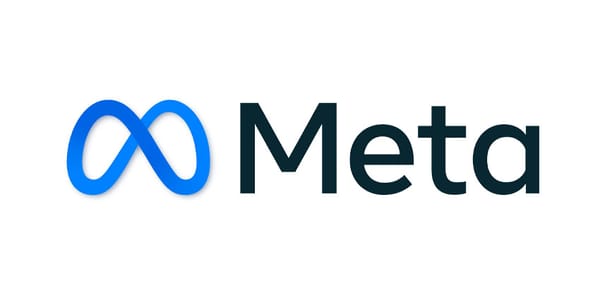Google DeepMind’s Table Tennis Robot: A Leap Toward Human-Level Competition
Explore Google DeepMind’s table tennis robot and its leap toward human-level competition. Discover the advancements in AI and robotics driving this innovation.

In an impressive display of technological advancement, Google DeepMind has unveiled a robot capable of playing table tennis at an amateur level. This marks a significant milestone in robotics, as it's reportedly the first time a robot has been trained to compete with humans in a sport at a human-like proficiency.
The robotic arm, equipped with a 3D-printed paddle, managed to secure victories in 13 out of 29 games against human opponents across various skill levels. While the robot excelled against beginners and won 55% of its matches against amateur players, it struggled against more advanced opponents, losing all matches in this category. Despite these limitations, the progress is notable.
Pannag Sanketi, the senior software engineer leading the project, expressed astonishment at the robot’s performance. “The way the robot outmaneuvered even strong opponents was mind-blowing,” he remarked. The robot’s success surpasses prior expectations, which predicted that it might struggle against unfamiliar opponents.
This breakthrough goes beyond mere amusement. It represents a significant step towards developing robots that can perform complex tasks in real-world environments, such as homes and warehouses. Lerrel Pinto, a computer science researcher from New York University, highlighted the broader implications of the project, stating, “The raw ingredients are there to keep improving and eventually get there.”
Training the robot involved a two-part approach: simulations for mastering hitting skills and real-world data for refinement. Researchers compiled a comprehensive dataset of table tennis ball states, including position, spin, and speed. The robot used this data in a simulated environment to learn essential skills like returning serves and hitting forehand topspins.
During actual matches, the robot collected data on its performance, using cameras to track the ball and a motion capture system to follow opponents' movements. This feedback loop allowed the robot to adjust its tactics and improve its gameplay over time. However, challenges remain, including difficulties with fast-moving or spinning balls, and limitations in the robot’s collision-avoidance protocols.
Chris Walti, founder of robotics company Mytra, noted the difficulty of simulating real-world conditions, citing variables like gusts of wind or dust on the table. Google DeepMind is exploring solutions, such as predictive AI models and improved collision-detection algorithms, to address these challenges.
Despite these hurdles, the human players found their matches with the robot enjoyable and engaging. Advanced competitors who won against the robot expressed interest in using it as a practice partner, appreciating the dynamic and challenging experience it offered.
This achievement by Google DeepMind not only showcases the potential of robotics in competitive sports but also paves the way for future advancements in human-robot interaction and real-world applications.




